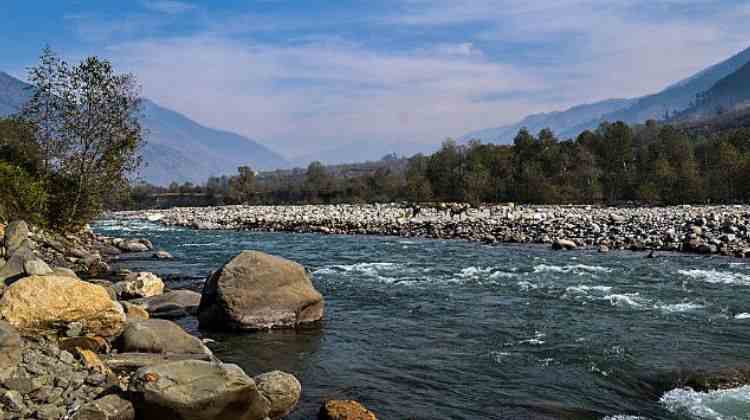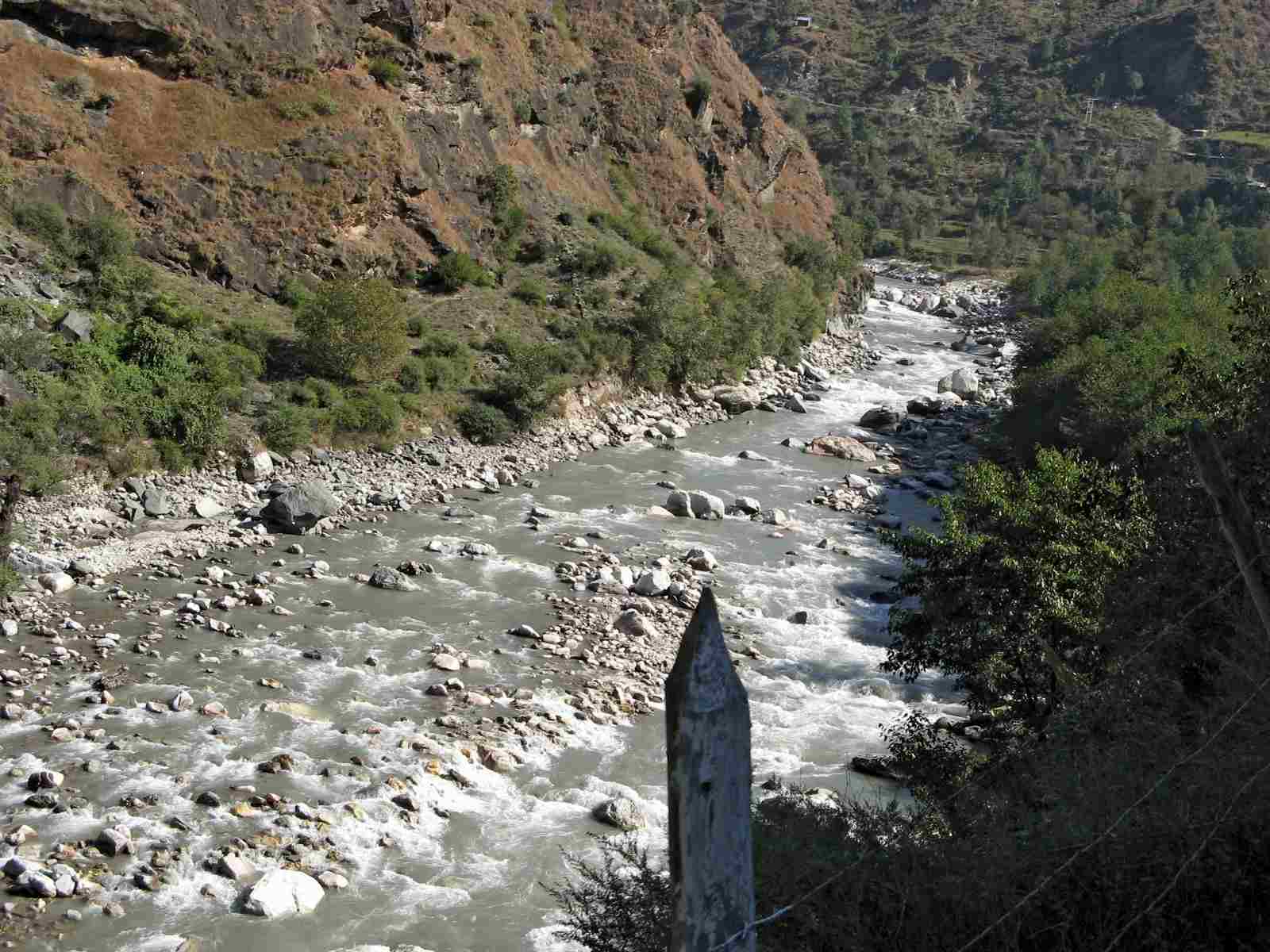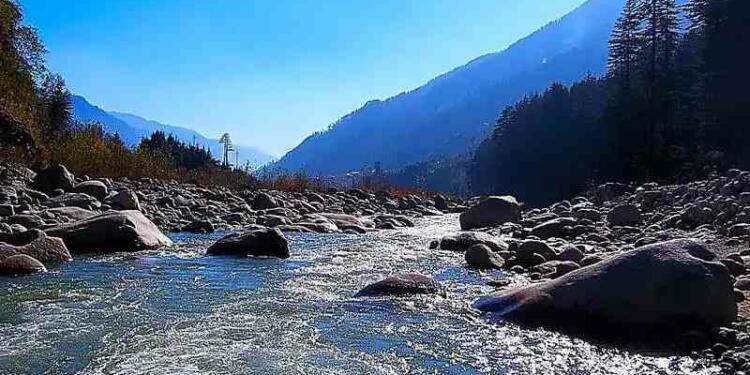Beas River Information
The state of Punjab is made up of five rivers and Beas river is one of those five rivers. The Beas River is a river which flows through the northern Indian states of Himachal Pradesh and Punjab. The total length of this river is 470 km and the drainage basin of this river is 20,303 km².
Beas was earlier known as Bipasha River. On this river name the city of Beas in Amritsar district of Punjab is named. The river serves as a source of water for all the cities, towns and villages that come in its path.
The Beas River rises at an altitude of 14,308 feet at the Rohtang Pass in Himachal Pradesh, from where it flows south through the Kullu Valley. It connects tributaries connected to various mountains.
Detailed information about the River
The river crosses Mandi and turns west, flowing into the Kangra Valley at Sandhol, 1,940 feet above sea level. The river is divided into three directions, which join back after crossing Mafarthal at an altitude of 980 feet above sea level. At Hoshiarpur the Beas meets the Shivalik Hills and then turns into north, forming a boundary with Kangra district and separating Gurdaspur and Hoshiarpur districts.
 Coming down the valley, it enters Punjab at Kapurthala, and turns south and joins the Sutlej River at Harike, a distance of about 470 km. The major tributaries of the Beas River are the Bain, Banganga, Luni and Uhl as well as the Banar, Chakki, Gaj, Harla, Mamuni, Parvati, Patlikuhal, Sainj, Suketi and Tirthan.
Coming down the valley, it enters Punjab at Kapurthala, and turns south and joins the Sutlej River at Harike, a distance of about 470 km. The major tributaries of the Beas River are the Bain, Banganga, Luni and Uhl as well as the Banar, Chakki, Gaj, Harla, Mamuni, Parvati, Patlikuhal, Sainj, Suketi and Tirthan.
The Sutlej enters Pakistan and joins the Chenab River, which then joins the Indus River. Under the Indus Waters Treaty India shares the waters of river Beas and Sutlej with Pakistan .
Also Read: Poisar River, Borivali West, Western Suburbs, Mumbai
History of Beas River
The Beas River marks the easternmost border point of India, marking the conquest of Alexander the Great in 326 BCE. In the way of Alexander’s invasion of India the river is considered to be the biggest obstacle. From its Sanskrit name ‘Vipasha the name of this river ‘Beas’ is derived ‘.
 The origin of the name of this river is often linked to ‘Vyas’ of Veda Vyasa, which proves that the river starts from Vyasa Kund. The river was developed in the 20th century under the Beas Project for irrigation and hydropower generation. The Pong Dam was finished in 1974 in the second phase, while the Pandoh Dam was completed in 1977 in the first phase about 140 km upstream. Initially used for irrigation, the Pong Dam began power generation with a capacity of 360 MW.
The origin of the name of this river is often linked to ‘Vyas’ of Veda Vyasa, which proves that the river starts from Vyasa Kund. The river was developed in the 20th century under the Beas Project for irrigation and hydropower generation. The Pong Dam was finished in 1974 in the second phase, while the Pandoh Dam was completed in 1977 in the first phase about 140 km upstream. Initially used for irrigation, the Pong Dam began power generation with a capacity of 360 MW.
How to reach Beas River
Beas River is located at a distance of 5 km from Manali Bus Stop. You can easily reach the river bank by hiring a private taxi or boarding a public bus.
Follow our google news publication for more news and daily updates: @tfipost































